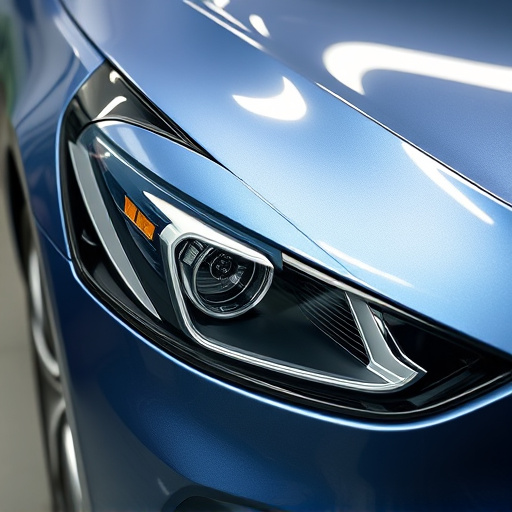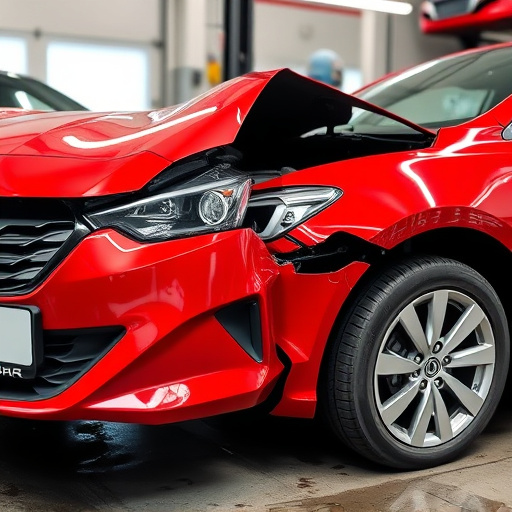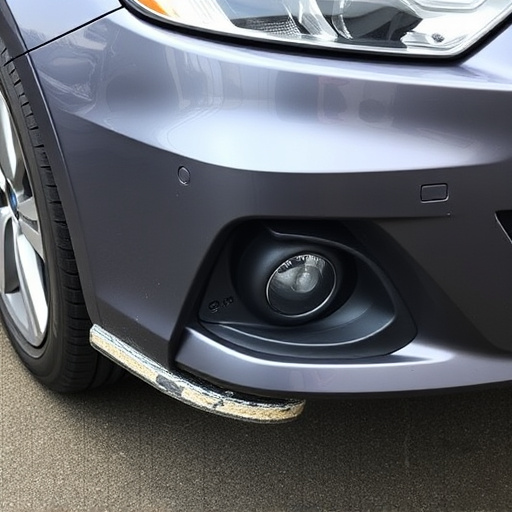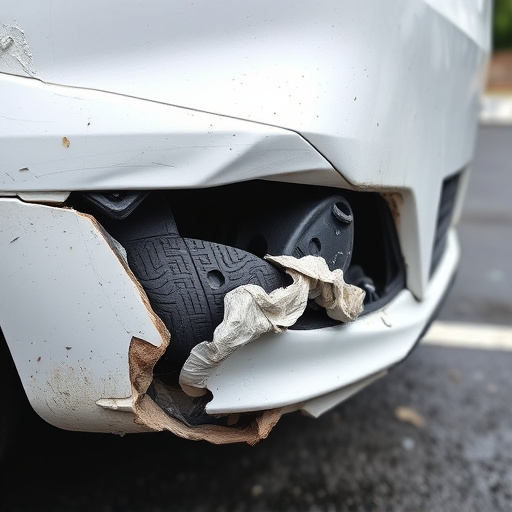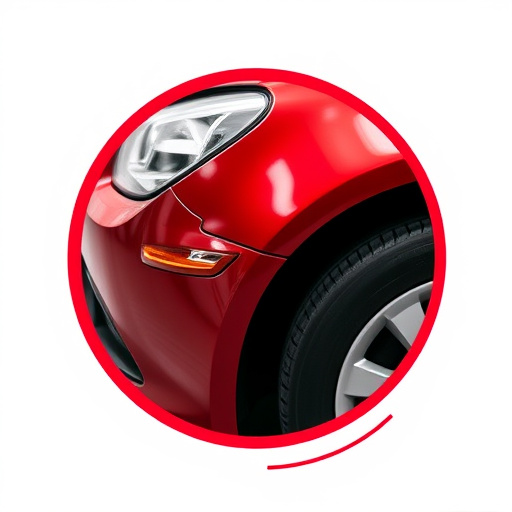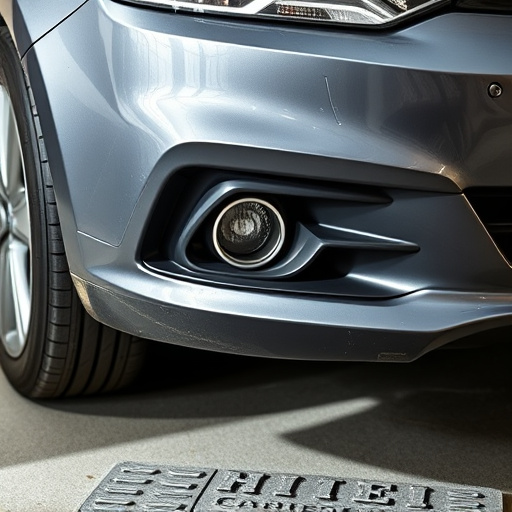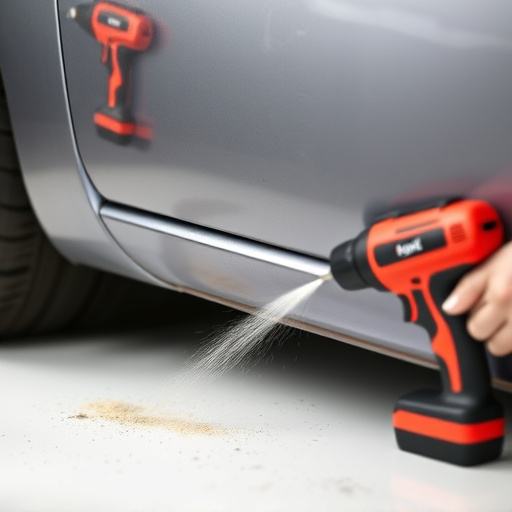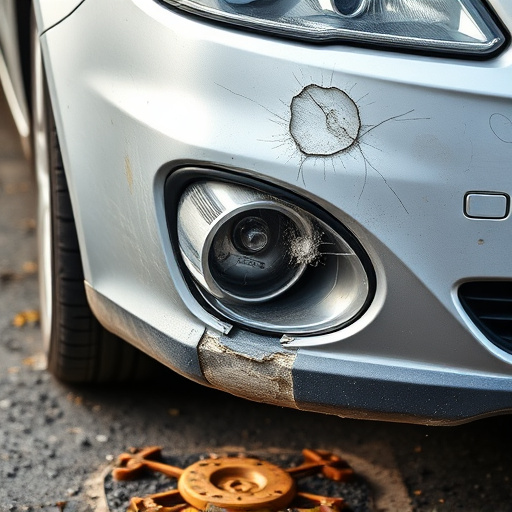Ultrasonic dent detection, using high-frequency sound waves, revolutionizes automotive repair and dental care. It accurately identifies and locates car dents on complex curved surfaces, surpassing visual inspections. In dentistry, it reveals minute anomalies, aids in proactive oral health management, and enhances diagnostic accuracy for various treatments, including fillings, crowns, and implant surgeries. This technology is a game-changer for both Mercedes-Benz collision repair and monitoring tire health.
Uncover the revolutionary power of ultrasonic dent detection, a game-changer in dental care. This advanced technology utilizes high-frequency sound waves to precisely identify and treat dental issues, offering a non-invasive approach with remarkable accuracy.
Our article delves into the key elements that underpin this innovative process. From understanding the technology’s fundamentals to exploring crucial components like transducers and oscillators, we’ll guide you through the advantages and diverse applications transforming dental practices worldwide.
- Understanding Ultrasonic Technology for Dent Detection
- Key Components: Transducers and Oscillators
- Advantages and Applications in Dental Care Practices
Understanding Ultrasonic Technology for Dent Detection

Ultrasonic technology has revolutionized dent detection, offering an advanced and precise method for assessing vehicle damage, particularly in the automotive industry. This innovative approach utilizes high-frequency sound waves to detect even the subtlest deformities or indentations on a surface, making it invaluable in car paint repair and vehicle body shop settings. By emitting ultrasonic pulses, the technology can measure the depth and extent of dents, ensuring accurate repairs.
Unlike traditional methods that rely heavily on visual inspection, ultrasonic dent detection provides a more comprehensive analysis. It is especially useful for examining complex shapes or curved surfaces, which can be challenging for manual assessment. Furthermore, when integrated into tire services, this technology allows for efficient and effective monitoring of tire health, detecting even the slightest variations in tread depth, ensuring optimal safety and performance on the road.
Key Components: Transducers and Oscillators

Ultrasonic dent detection is a revolutionary technology that plays a pivotal role in modern auto repair, particularly in mercedes benz collision repair. At the heart of this process lie two critical components: transducers and oscillators. Transducers are responsible for converting electrical energy into sound waves, which are then used to identify and locate dents or damage on vehicle surfaces. These specialized sensors emit high-frequency sound signals that bounce off the metal, providing valuable data about its integrity.
Oscillators, on the other hand, generate these precise sound waves and control their frequency. They work in tandem with transducers to ensure accurate measurements and detection. The integration of these components enables auto repair services and car bodywork services to deliver meticulous repairs, restoring vehicles to their pre-incident condition. This advanced technology not only enhances the accuracy of dent detection but also streamlines the entire mercedes benz collision repair process.
Advantages and Applications in Dental Care Practices

Ultrasonic dent detection offers several significant advantages in dental care practices, revolutionizing how practitioners approach and manage dental issues. This non-invasive technique allows for precise and detailed examination of teeth and gums, enabling early detection of caries, cracks, or other structural defects. By utilizing high-frequency sound waves, ultrasonic devices can identify minute anomalies that might otherwise go unnoticed during traditional visual inspections. This proactive approach to oral health is particularly beneficial in preventing the progression of dental problems, thereby reducing the need for more extensive and costly procedures later.
The applications of ultrasonic dent detection are vast within dental care practices. From routine check-ups to complex restorative treatments, this technology enhances diagnostic accuracy. For instance, it aids in localizing and sizing dental lesions, guiding treatment plans for fillings, crowns, or even implant surgeries. Moreover, its ability to detect subtle changes in tooth structure can aid in monitoring the effectiveness of treatments like root canal procedures. Similarly, as with vehicle collision repair where precision is key, ultrasonic dent detection plays a vital role in automotive body work, ensuring minimal disruption to the natural aesthetics and integrity of teeth.
Ultrasonic dent detection has emerged as a game-changer in dental care, leveraging advanced technology to offer precise and non-invasive solutions. By understanding the key elements like transducers, oscillators, and their unique advantages, dental practices can harness the power of ultrasonic technology to enhance patient care. Its applications are vast, from detecting dental caries to guiding surgical procedures, making it an indispensable tool in modern dentistry.

